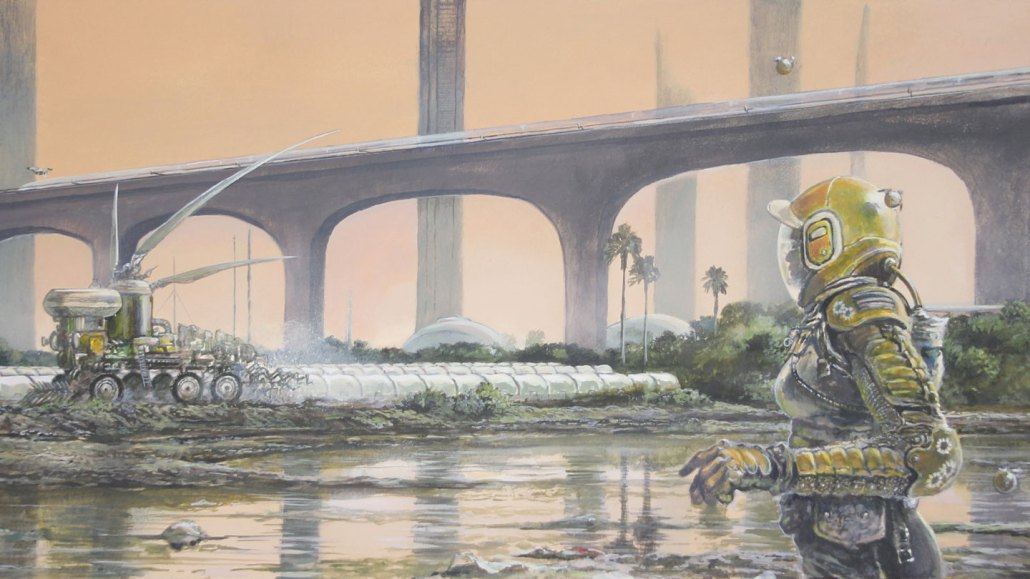
Combining climate simulations with art, researchers envision a hotter future by 2500 that may transform landscapes across Earth, such as the Indian subcontinent, as shown here in an artist’s painting.
James McKay (CC-BY-ND)

Combining climate simulations with art, researchers envision a hotter future by 2500 that may transform landscapes across Earth, such as the Indian subcontinent, as shown here in an artist’s painting.
James McKay (CC-BY-ND)